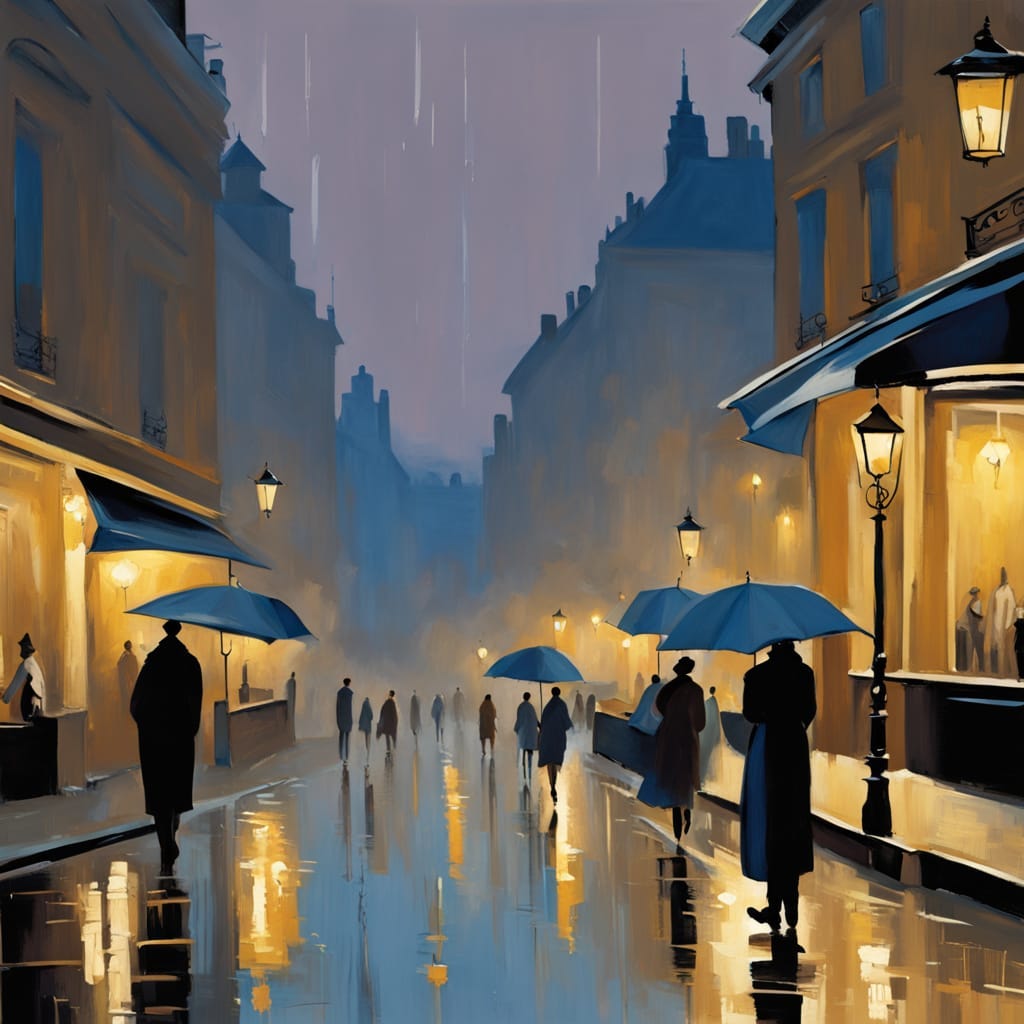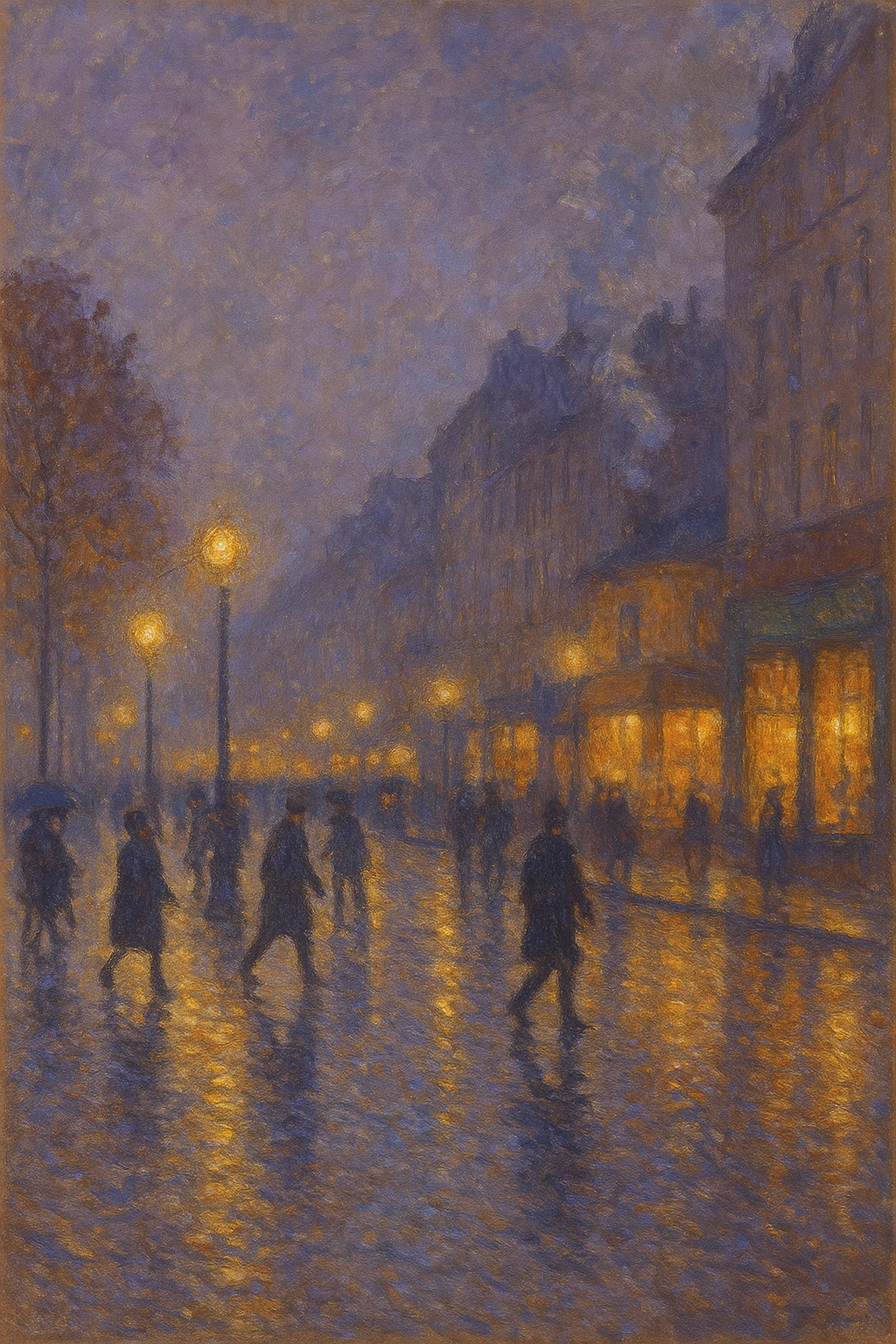
Let’s face it — routing may not sound like the hottest topic at your next tech party, but it’s the unsung hero behind every click, every view, and every delightful 404 page. And today, we’re throwing two heavyweight contenders into the ring: Client-Side Routing (CSR) vs. Server-Side Composition (SSC). Ding ding!
What Are We Talking About Here?
- Client-Side Routing (CSR) is like letting your browser be the tour guide. Once the page loads, it fetches new content and updates the view — all without bothering the server every time you click.
- Server-Side Composition (SSC), on the other hand, makes the server the maître d’. Every page request results in a fresh composition of HTML, often pulling from micro frontends or service-specific templates.
Both have their perks. Both have their quirks. One lets your browser flex its muscles. The other keeps the server feeling important.
CSR: The Cool Kid with the Fast Shoes
Strengths
- Blazing fast navigation (after initial load): Once you’ve downloaded the JavaScript bundle, everything feels snappy.
- Rich interactivity: Great for SPAs (Single Page Applications) and highly dynamic content.
- Less server load: You’re not pinging the server for every click.
Weaknesses
- Slow initial load: You have to download the whole app up front.
- SEO? LOL: Traditional CSR is not SEO-friendly without extra tricks like pre-rendering.
- State hydration drama: You’ll need to rehydrate your app state client-side, or you risk a hydration hangover.
Best Used When:
You’re building a dashboard, social platform, or anything where users stay logged in and click around a lot. Think: Gmail, Trello, or that new startup that insists you use dark mode.
SSC: The Return of the Server
Strengths
- Fast initial paint: Especially for users with slow connections or old devices.
- SEO-approved: Crawlers love pre-built HTML.
- Micro frontend magic: You can stitch together content from multiple teams and services like a Franken-page — on purpose!
Weaknesses
- Server strain: More traffic = more composition = more stress eating for your server.
- Complex orchestration: You’ll need to handle caching, latency, and versioning like a grown-up.
- Latency risks: Stitching things together from multiple services can get sluggish faster than your grandma’s DSL.
Best Used When:
You’re serving content-rich pages, want tight control over layout, or have a multi-team setup. Think: e-commerce, news sites, or anything that screams “I need to load fast and be findable on Google.”

Can’t We Just Be Friends?
Actually, yes. Many modern apps combine both approaches:
- Use SSR (Server-Side Rendering) for the first page load (for SEO and speed).
- Switch to CSR for in-app navigation (for interactivity).
Frameworks like Next.js, Remix, and Astro let you mix and match these strategies like a tapas platter of performance.
You can also check out tools like Module Federation and Single SPA for micro frontend composition magic.
Bonus Round: Does This Matter for AI?
Yes, actually. If you’re rendering AI-generated content or serving models dynamically:
- CSR can feel snappy for interactive chat UIs.
- SSC gives you more control for AI dashboards, metadata-rich pages, and secured endpoints.
It also helps to pair SSC with Edge Functions to keep latency low while keeping the content dynamic.
So, Who Wins?
It’s not about who wins. It’s about who’s right for the job. CSR is great for app-like experiences. SSC shines in distributed systems and SEO-rich environments. Use both. Or either. Or neither — just don’t use document.write.
Either way, follow me for more tech smackdowns like this, and drop your hot takes in the comments. Are you team #CSR or #SSC? Or are you just here for the dev memes?
Episode #1: A Whirlwind Tour of Today’s Best and Buzziest Practices
Art Prompt: An atmospheric Impressionist cityscape at twilight, inspired by Camille Pissarro. The scene bustles with soft silhouettes crossing a glowing, rain-slicked street under gas lamps. Hazy shopfronts glimmer with warm light, and a distant café emits curls of steam. The brushwork is loose and textured, rich in muted mauves, golden yellows, and dusky blues. The mood is contemplative and lively — a moment frozen between dusk and dream.
